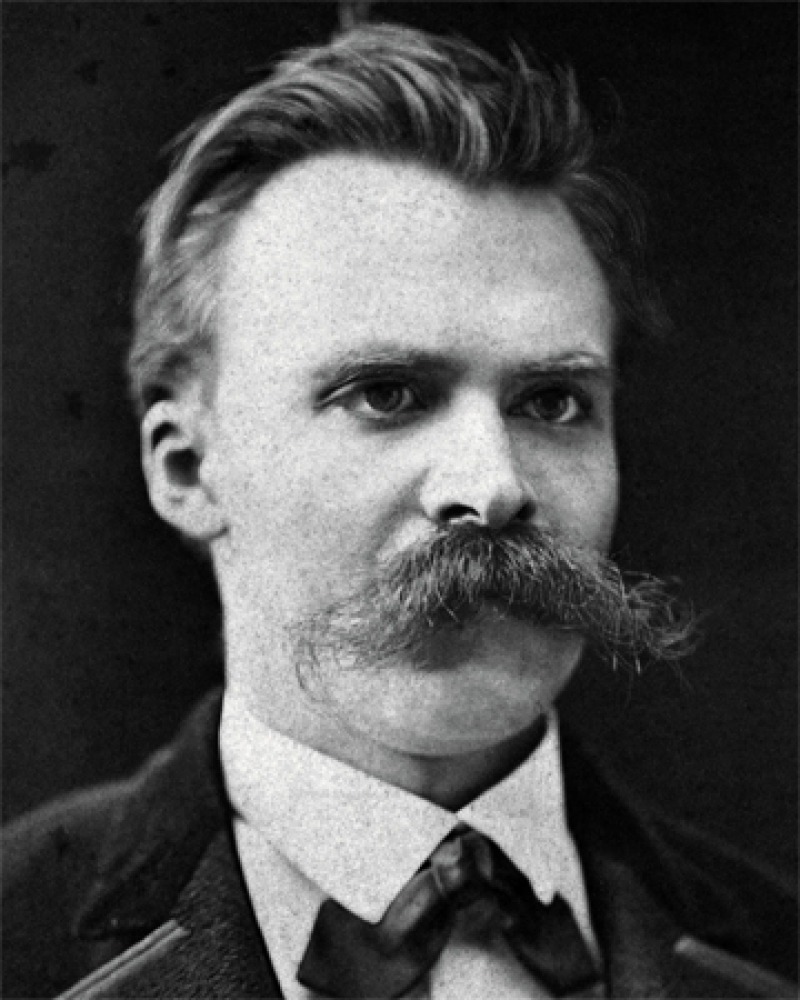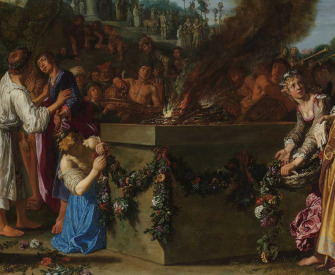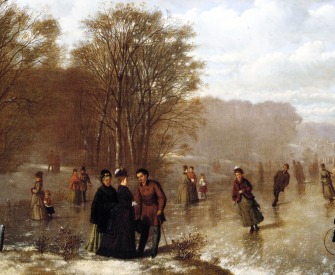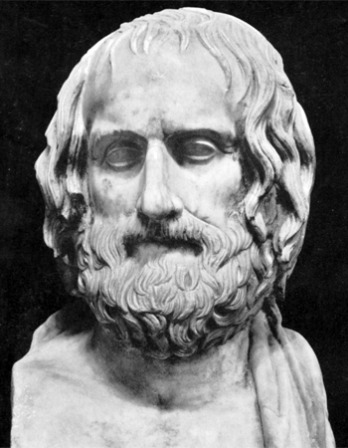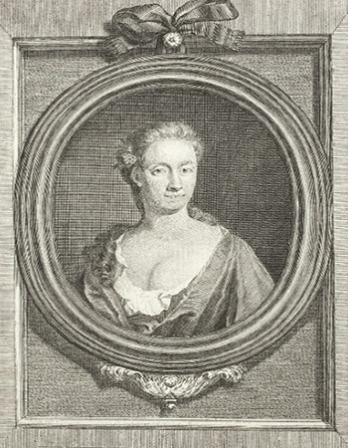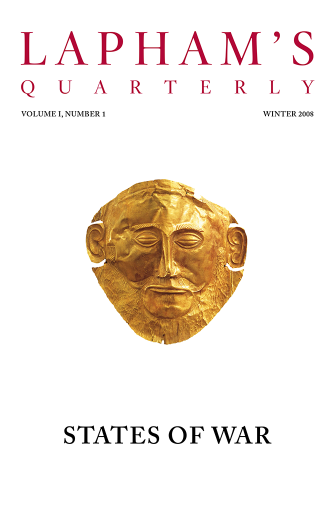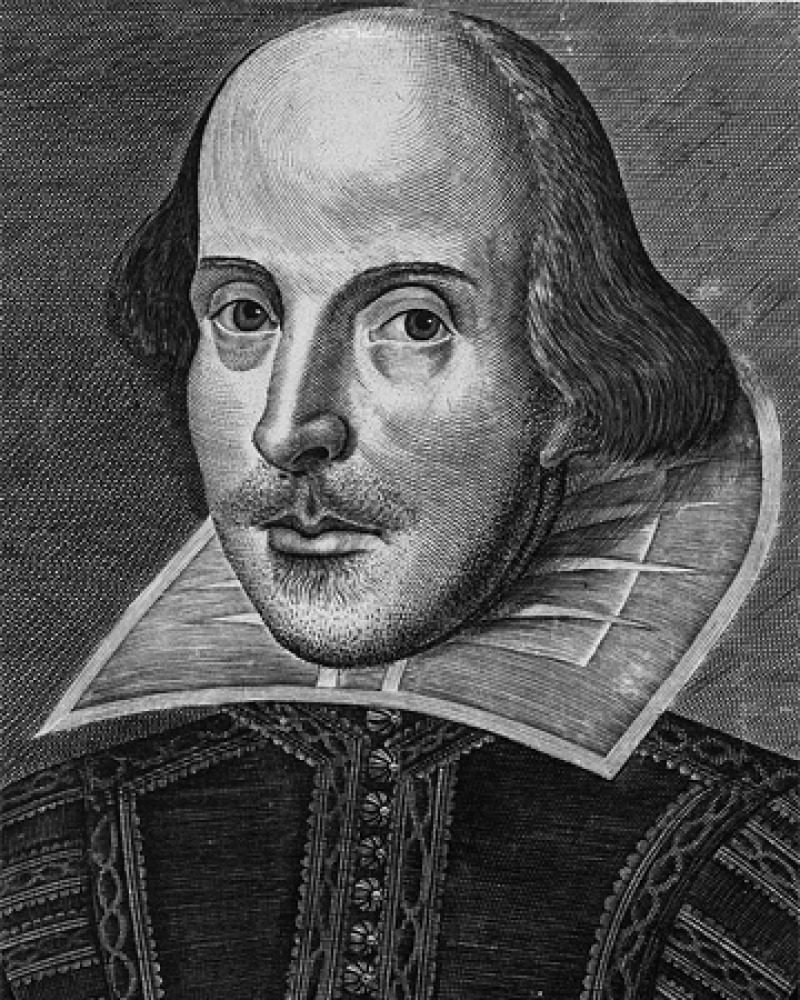
William Shakespeare
Hamlet,
c. 1600
Hamlet,
Be not too tame neither, but let your own discretion be your tutor. Suit the action to the word, the word to the action, with this special observance, that you o’erstep not the modesty of nature. For anything so overdone is from the purpose of playing, whose end, both at the first and now, was and is, to hold, as ’twere, the mirror up to nature, to show virtue her own feature, scorn her own image, and the very age and body of the time his form and pressure. Now this overdone, or come tardy off, though it make the unskillful laugh, cannot but make the judicious grieve, the censure of the which one must in your allowance o’erweigh a whole theatre of others. O, there be players that I have seen play, and heard others praise, and that highly (not to speak it profanely), that, neither having th’ accent of Christians nor the gait of Christian, pagan, nor man, have so strutted and bellowed that I have thought some of nature’s journeymen had made men, and not made them well, they imitated humanity so abominably.
